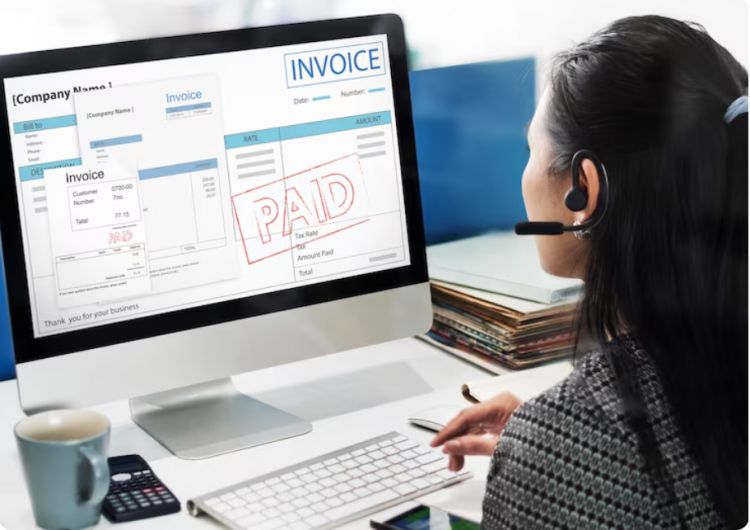Working with international clients opens new doors — but when it comes to invoicing, those doors can also lead to delays and confusion if you’re not prepared. Different countries have different expectations when it comes to currency, tax information, and payment methods.
A well-formatted invoice is essential for smooth international transactions — and having a solid invoice template makes it easier to stay consistent and compliant across borders. Here’s how to get it right.
Understand Currency Conventions
Currency misunderstandings are one of the most common reasons for delayed payments. Always be explicit about which currency you’re invoicing in. Instead of just writing “Total: 500”, specify “USD 500” or “EUR 500”.
Avoid using generic symbols like “$” without context — your client might not know whether you mean US, Canadian, or Australian dollars.
Pro tip: Create an invoice template that includes a dedicated field for currency. That small detail helps avoid confusion and ensures you’re paid the amount you’re expecting.
If you’re billing in your client’s currency, agree on the exchange rate in advance and note it on the invoice, especially for longer projects.
Include Tax IDs and International Info
When working across borders, tax compliance isn’t optional — and even if you’re not charging tax, your client may still need your business registration or tax ID for accounting.
Your invoice should always include:
- Your full business name and address
- Your tax ID or VAT number
- Client’s details, especially if you’re billing a registered business
- Any necessary legal notes (e.g., reverse charge VAT directives for EU clients)
Tip: Use a master invoice template with all your legal information built in. Then create copies for each client, adjusting only what’s needed — this saves time and helps you stay compliant.
Be Clear About Payment Methods and Fees
International payments often come with fees and conversion losses. If you’re not clear about your expectations, you might end up receiving less than you’re owed.
Your invoice should clearly state:
- Preferred payment method (e.g., bank transfer, PayPal, Wise)
- Payment currency
- Any required banking info (IBAN, SWIFT/BIC, routing number)
- A clear note like: “Please ensure the full amount is received. Sender is responsible for any transaction fees.”
Including a section for this in your invoice template ensures you never forget these crucial details — and your client knows exactly how to pay you.
Make Use of a Flexible Invoice Template
Using a customizable invoice templates can make international invoicing less stressful. Whether you’re billing in euros, pounds, or rupees — or dealing with clients across multiple tax systems — a well-structured template keeps you consistent and professional.
Look for or create a template that allows you to:
- Easily switch currencies
- Input client-specific tax or legal info
- Add detailed payment instructions
- Translate fields or terms if necessary
Many invoicing tools offer international-ready business templates that automatically handle formatting, taxes, and language preferences.
Invoicing clients in different countries doesn’t have to be overwhelming. With the right structure — and a reliable quick invoice template — you can handle currencies, taxes, and payments with confidence. The key is to stay clear, compliant, and consistent.
Start with one solid international invoice template, adjust it for each client’s needs, and you’ll never have to worry about late or rejected payments again.






